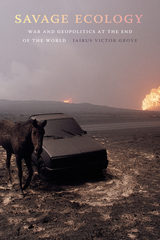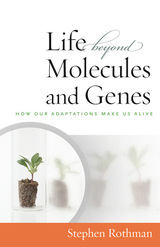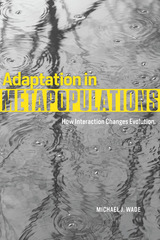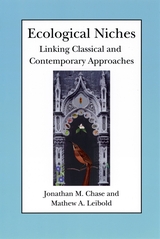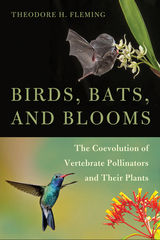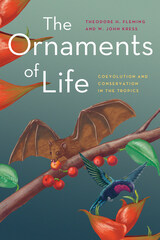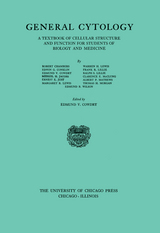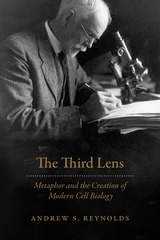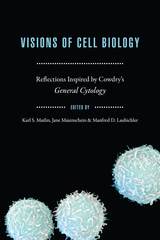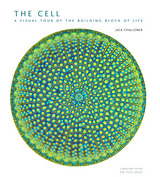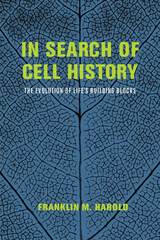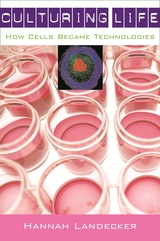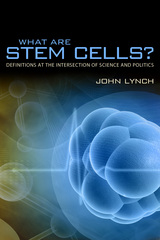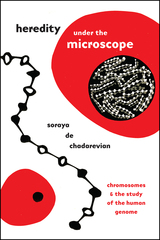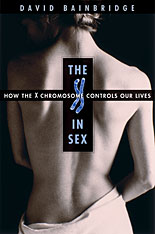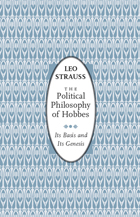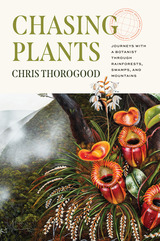Cloth: 978-0-674-93208-1
Library of Congress Classification QH585.L57
Dewey Decimal Classification 616.99207
Aging and cancer may be manifestations of genetic, or epigenetic, changes in somatic cells. Through research, laboratory analysis of these related processes has become possible. Cells can be removed from the body, kept warm in laboratory glassware, nourished by artificial solutions, and studied for years, or even decades. Two types of cultures have emerged: Primary cultures, grown from cells obtained directly from living animals, may grow well for generations, but ultimately cease to divide. Established cultures, on the other hand, may grow and divide indefinitely. It is a striking fact that most, if not all, established cultures consist of cells that are heteroploid, having an abnormal chromosome complement that may include structural rearrangements as well as abnormalities of chromosome number.
Most established cultures are also neoplastic on behavior and morphology—in this, they resemble cancers—and established cultures are, in fact, often grown from cancer cells. Interest in the role of chromosomes in neoplasia has recently been overshadowed by an emphasis on tumor viruses. This book should reawaken the former interest. It will also arouse new interest in the role of epigenetic mechanisms of animal cells, in contrast to the classic genetic processes. As Dr. John Littlefield writes: “The relationship between the overcoming of senescence, the appearance of heteroploidy, and the acquisition of neoplastic qualities is not yet clear, but it is of such great theoretical and practical importance as to demand attention and new ideas.”
See other books on: Aging | Cell culture | Senescence | Variation | Variation (Biology)
See other titles from Harvard University Press

